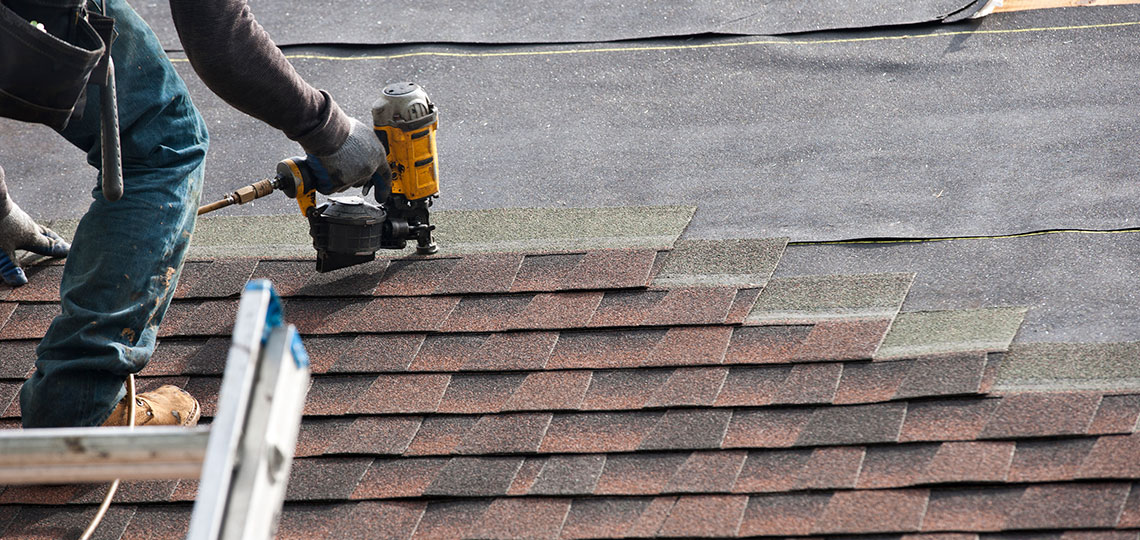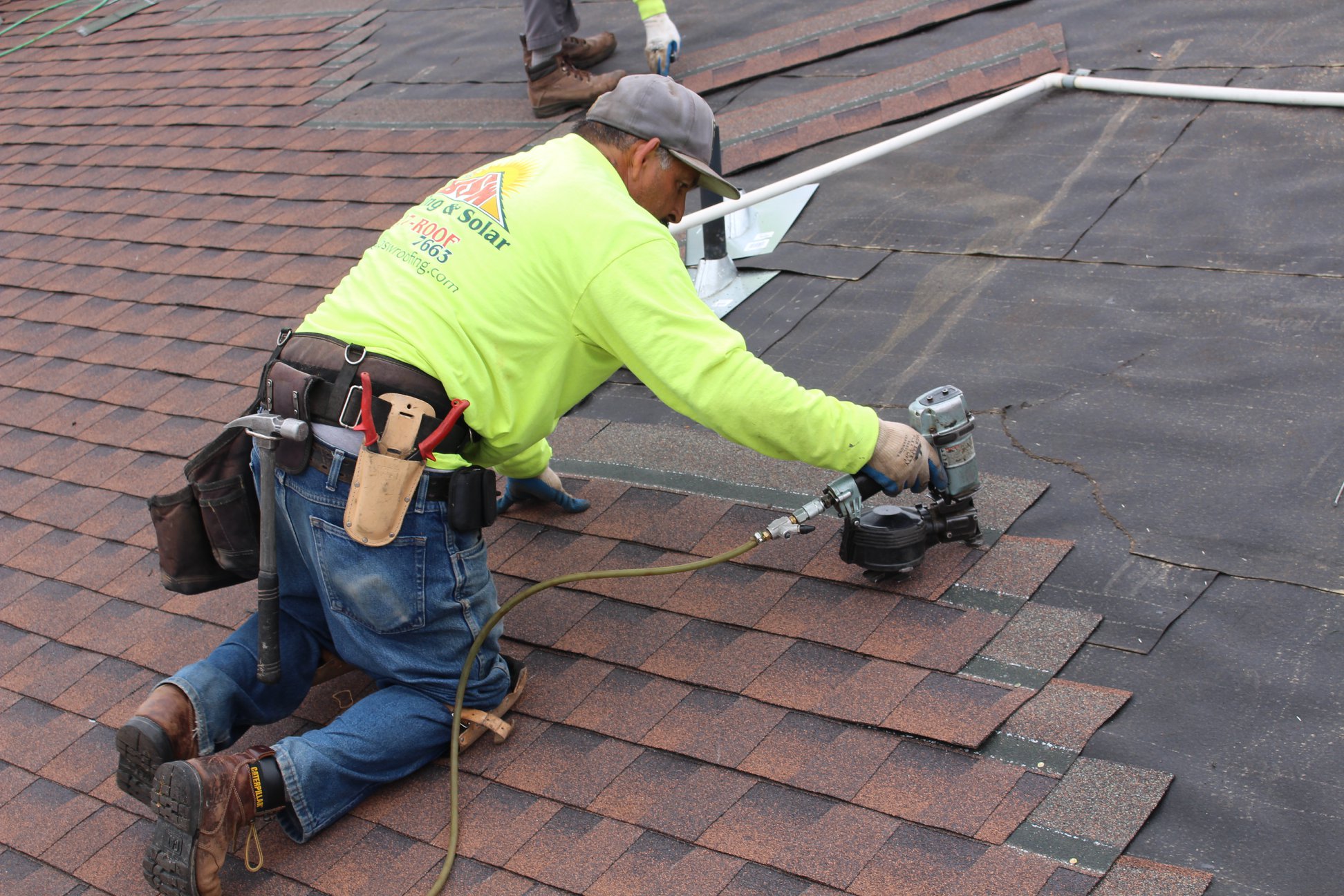The Value of Selecting Skilled Roofing Companies Gainesville Florida
Wiki Article
Finest Practices for Ensuring Correct Roof Covering Ventilation
Ensuring correct roofing ventilation is crucial for the longevity and effectiveness of a roof. A balanced intake and exhaust vent proportion, commonly 1:300, plays a crucial role, with consumption vents preferably positioned at the lower side of the roof covering for amazing air entry and exhaust vents at the top for cozy air departure. Routine assessments to recognize blockages and maintain clear airflow are vital. Keeping insulation away from vents is vital to avoid air movement constraint. Comprehending these fundamental elements sets the stage for more detailed understandings right into installment and upkeep practices that can considerably enhance your roof covering system's efficiency.Understand Air Flow Essentials
Effectively recognizing ventilation fundamentals is essential for guaranteeing the long life and performance of roofing systems. Effective air flow reduces dampness buildup and temperature level extremes in the attic room, both of which can lead to considerable structural damage gradually. A well-ventilated roofing system helps in protecting against common concerns such as mold and mildew growth, wood rot, and ice dams, which can endanger the honesty of the roof covering products and the underlying frameworks.The primary goal of air flow is to assist in the motion of air, enabling a consistent exchange in between the outdoor and indoor settings. This balance is accomplished through a combination of intake and exhaust vents that collaborate to maintain optimum air flow. Consumption vents, typically located along the eaves or soffits, allow fresh air to go into the attic room space, while exhaust vents, frequently located at or near the roofing ridge, allow hot, damp air to leave.
Trick aspects affecting the effectiveness of roofing air flow consist of correct placement, adequate sizing, and making certain that both consumption and exhaust vents are unobstructed. Normal inspection and maintenance are critical to determine potential obstructions, damages, or ineffectiveness in the ventilation system, thereby safeguarding the roofing system's efficiency and sturdiness.
Sorts Of Roof Vents
Roof vents play a vital role in keeping reliable attic air flow and, by extension, the total health of the roof system. Different types of roofing vents are offered, each with one-of-a-kind advantages customized to certain roof covering needs. Ridge vents, for instance, are mounted along the roof's top, allowing cozy, humid air to get away from the attic room. They offer constant air flow and blend perfectly with the roofline, making them both effective and visually pleasing.
Soffit vents are installed under the eaves and operate in tandem with roofing vents to make certain a balanced intake and exhaust system. By allowing cooler air to get in from below, soffit vents help with the expulsion of warm air through top vents. Gable vents, situated on the outside wall surfaces of the attic, offer an additional efficient remedy, particularly in homes with saddleback roofs.
Assess Your Existing Air Flow

Next, consider the age and condition of your roof materials and air flow parts. Older systems might not abide by present building regulations or may have worn away gradually, decreasing their effectiveness. Conduct a detailed assessment to identify any type of indications of wear and tear, such as corrosion, damage, or gaps that can endanger the system's performance.
Furthermore, gauge the attic temperature and humidity degrees. High temperature levels and moisture can indicate insufficient air flow - roofing companies. Utilize a hygrometer and thermometer to acquire precise analyses, comparing them with exterior problems. Persistent inconsistencies recommend prospective concerns that need addressing.
Installment Best Practices
Effective setup of roofing ventilation systems is extremely important for guaranteeing optimum performance and long life. Proper installation begins with understanding the specific ventilation demands of the roofing and the structure it covers. This involves determining the right proportion Discover More Here of intake to exhaust vents, commonly sticking to the 1:300 policy, which specifies one square foot of air flow for each 300 square feet of attic floor space.
Intake vents must be installed at the roofing's reduced edge, usually in the soffits, to allow awesome air to enter. Exhaust vents, on the other hand, need to be mounted near or at the roofing's optimal to help with the leave of cozy, wet air.
Seal all vent links thoroughly to prevent air leaks and prospective water infiltration. Usage top notch materials and follow maker standards to make certain durability and performance. In addition, integrating ridge vents with baffles can considerably improve air flow effectiveness by preventing wind-driven rain and snow from going into the attic.
Eventually, exact installment of roof covering air flow systems mitigates prospective problems such as mold growth, ice dams, and structural damage, guaranteeing the roofing system's stability and the structure's general health and wellness.
Regular Maintenance Tips
Uniformity in upkeep practices is basic to making sure the long-term performance of roof air flow systems. During these evaluations, make certain that vents are cost-free of debris, nests, and various other obstructions that can hamper air movement.
Utilize a soft brush or a vacuum to remove dirt and debris from consumption and exhaust vents. Be careful not to damage the vent screens or louvers during the procedure.
Appropriate insulation is similarly important. Guarantee that attic room insulation does not block the vents, as this can badly limit air flow. If any kind of insulation has changed or worked out, reposition or replace it to maintain a reliable obstacle.
Lastly, replace any kind of damaged or missing out on components immediately. Broken vents, cracked shingles, or scrubby blinking can all add to poor air flow and ought to be attended to without hold-up. Regular maintenance guarantees that the roofing ventilation system functions optimally, therefore expanding the life-span of the roof covering itself.
Verdict
Making certain appropriate roof covering ventilation is extremely important for preserving the performance and toughness of a roofing system. Adherence to the 1:300 consumption and exhaust air vent ratio, paired with the tactical placement of vents, is crucial.A balanced consumption and exhaust vent proportion, commonly Read Full Article 1:300, plays an essential duty, with intake vents ideally put at the lower edge of the roof covering for cool air entry and exhaust vents at the top for warm air exit. Consumption vents, typically situated along the eaves or soffits, enable fresh air to go into the attic room area, while exhaust vents, often located at or near the roof ridge, enable hot, damp air to Web Site run away.
Soffit vents are set up under the eaves and work in tandem with roof covering vents to ensure a well balanced consumption and exhaust system. By permitting cooler air to enter from below, soffit vents help with the expulsion of hot air via upper vents. Adherence to the 1:300 intake and exhaust air vent ratio, combined with the calculated positioning of vents, is vital.
Report this wiki page